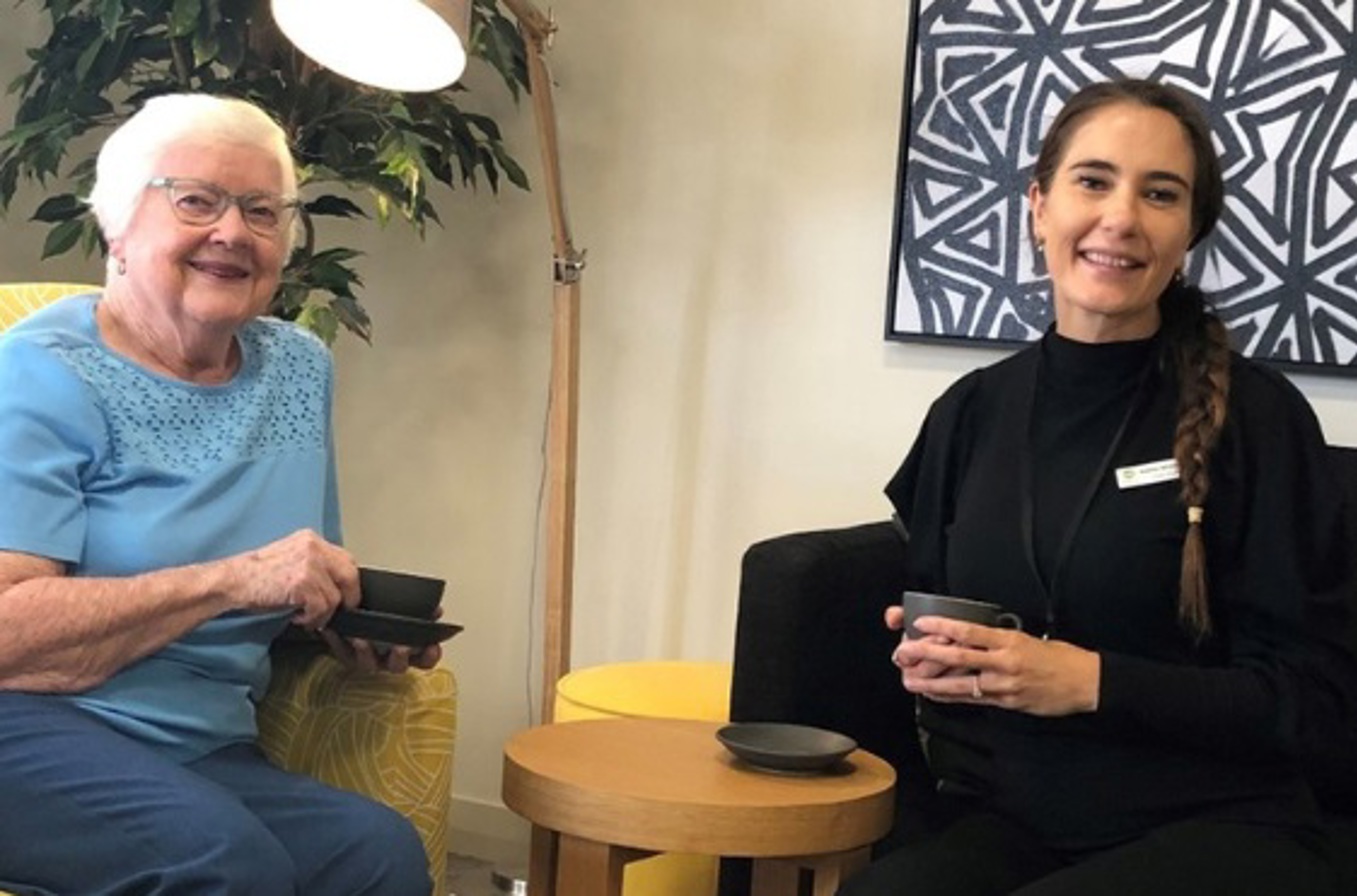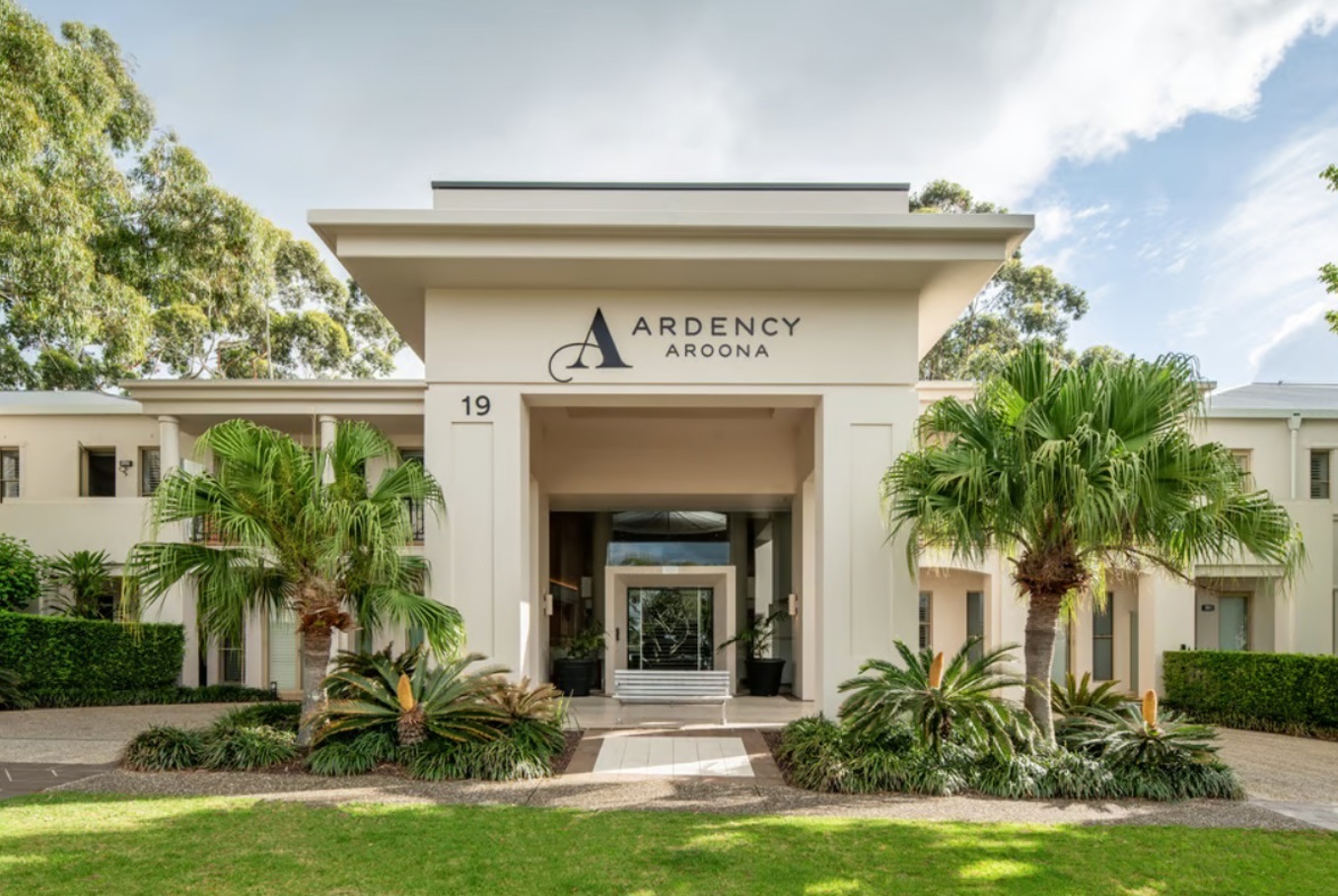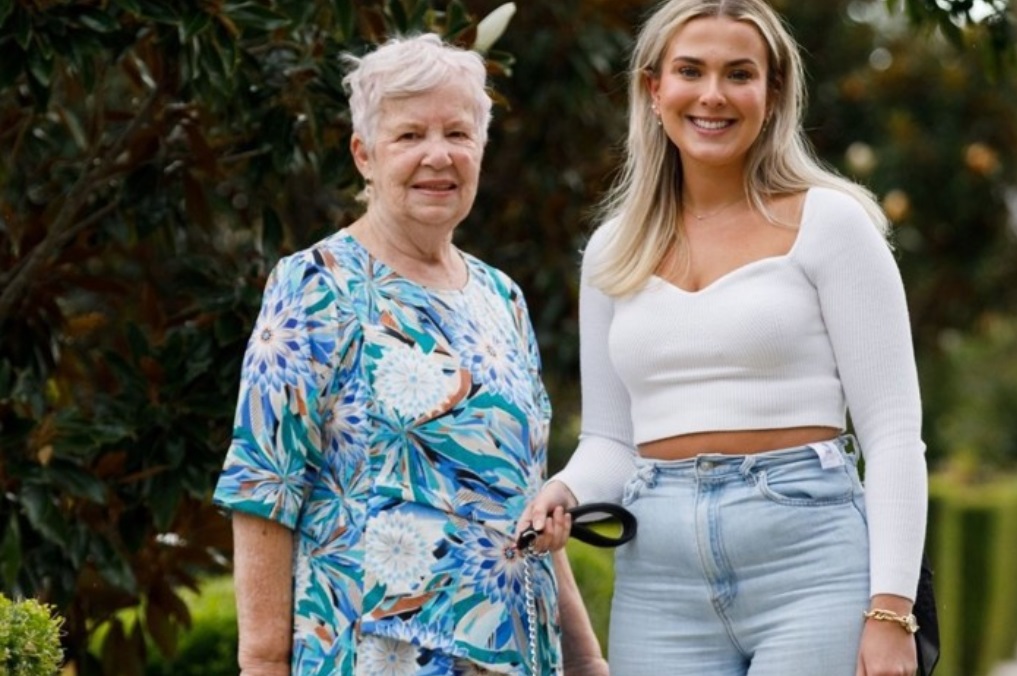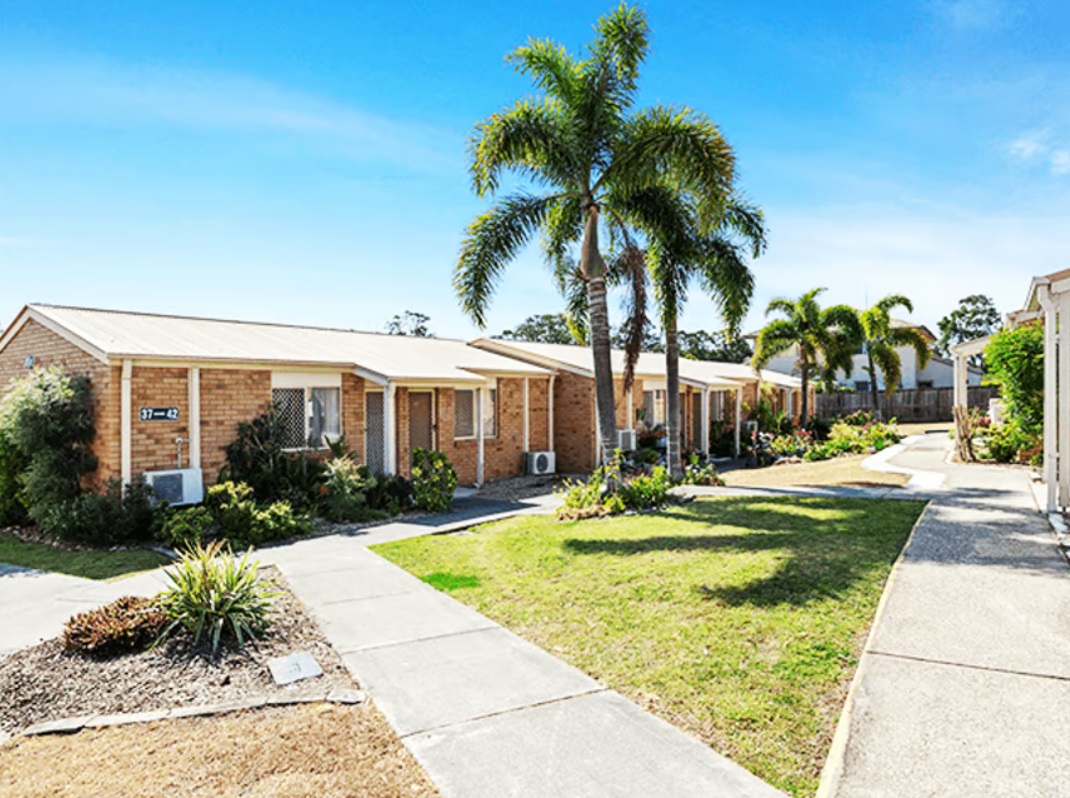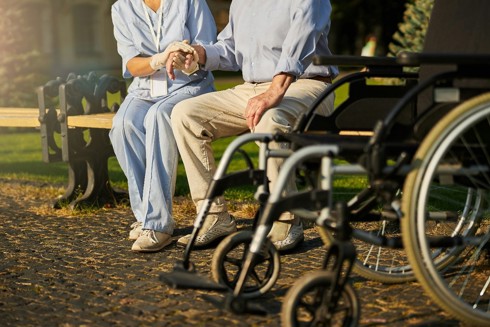Main costs of aged care
The five types of fees and costs are explained in the detail in this section.
- A Basic Daily Fee
- Hotelling Supplement
- Non-clinical care contributions
- Accommodation costs
- An optional Higher Everyday Living Fee
Basic Daily Fee
The basic daily fee covers day to day living costs such as meals, laundry, cleaning and utilities like power and basic telecommunications.
The basic daily fee is set by Services Australia at 85 per cent of the single Age Pension.
Because the Age Pension is increased or ‘indexed’ twice a year to keep up with rising costs of living, the basic daily fee increases twice a year too.
The daily fee is the same for everyone, whether or not you receive the Age Pension.
Remember You can never be charged more than 85% of the single age pension for your basic daily fee at a government subsidised aged care home.
As a guide, as of 1st November 2025, the maximum basic daily fee was: $65.55 per day.
Because it is tied to the Age Pension rate, this amount goes up twice a year on the following dates each year and you will be notified of the new fee each time:
- 20th March
and:
- 20th September
For some people, the basic daily fee will be the only fee they will need to pay.
Means-tested care fee
If you entered residential aged care before 1st July 2025, you may pay a means-tested fee, a fee for your day-to-day personal care and nursing costs depending on an assessment of your income and assets. Under the new system's 'grandfathering' arrangements and 'no worse ff principle' the amount you pay will not increase.
Hotelling Supplements
Depending on the outcome of your means test, you may have to pay a fee towards your daily living costs such as the cost of meals, cleaning and laundry.
You will be required to pay the Hotelling Supplement if you have:
- assets of more than $238,000
or
- income of more than $95,400
or
- a combination of these amounts
The maximum Hotelling Supplement will be $12.55 per day.
Non-clinical Care Contributions
The government will pay for all your clinical care costs in residential aged care. If the means test requires you to pay the full Hotelling Supplement you may also be required to pay a Non-Clinical Care Contribution, which covers costs such as bathing, help with mobility and a program of activities and entertainment.
From 1st November 2025, the Non-Clinical Care Contribution replaces the means Test Care Fee.
The Non-Clinical Care Contribution is based on a means assessment of your income and assets. Your contribution will depend on this.
There is a daily limit on the non-clinical Care Contribution of $101.16.
There is a cap on the Non-Clinical Care Contributions of either:
- $130,000
or
- 4 years
whichever is reached first.
Accommodation Costs
The aged care home can charge a fee for the accommodation they provide. This covers the bricks and mortar and maintenance costs.
The fee is set by individual aged care homes and all homes must clearly advertise their accommodation price.
The accommodation fee will vary according to factors such as local property prices, the type and size of the room and amenities provided (eg. gym, swimming pool, gardens).
Remember - While Commonwealth subsidised aged care homes can set the price they want to charge for accommodation, if they want to charge more than $758,627 as a Refundable Accommodation Deposit or its equivalent it needs to be approved by the Independent Health and Aged Care Pricing Authority.
How much do you have to pay?
You might have to pay the full price of your accommodation or the Australian Government might pay some or most of it – it depends on your finances.
Like the Hotelling Supplements and the Non-Clinical Care Contribution, Services Australia decides this, based on their assessment of your income and assets.
The government can subsidise your accommodation costs, but you may need to pay part of the cost.
You will be advised by Services Australia what you will be expected to pay, which will be one of the following:
- Subsidised accommodation costs: if your income and assets are below a certain amount, the Australian Government will subsidise your accommodation costs. The amount that is subsidised will be based on how recently the aged care home was refurbished. The maximum accommodation supplement amount is $69.79 per day. If the room is not newly built or significantly refurbished then the subsidised cost will be less. If the Daily Accommodation Payment of the room is more than the maximum accommodation supplement, then the resident will be liable to pay the shortfall.
- An accommodation contribution: you might be required to pay part of the cost of your accommodation and the Australian Government will pay the rest.
- An accommodation payment: if you are required to pay for the full cost of your accommodation.
How do you pay accommodation costs?
There are three ways you can pay:
- a lump-sum Refundable Accommodation Deposit – known as a RAD for short
- a regular rental-type payment called a Daily Accommodation Payment – known as a DAP for short
Plus:
- a combination of both
You can move into an aged care home before deciding how you want to pay. You then have 28 days to decide. Until that point, you will make a daily accommodation payment.
Remember
- If you have moved to the aged care home at short notice and you haven’t been means-tested, then you can be asked to pay the Daily Accommodation Payment (DAP) as an interim measure. This will be refunded if it later emerges that you do not need to pay it.
- If the means test means you are liable to pay the full accommodation price, then the entry price you pay is fixed for the duration of your stay.
- If you are making a contribution to the accommodation cost then this may fluctuate over time depending on changes to your income and assets or if the facility becomes eligible for the higher accommodation supplement.
- You can’t be charged for your accommodation if you are receiving respite care.
Fees for additional services
There may be extra costs depending on the choices you make. For example, some aged care homes offer rooms that are a higher standard or larger than others, and some offer additional services:
- Pay television
- Phone, internet
- Onsite hairdresser, beautician
- Special therapies such as massage, aromatherapy, hydrotherapy
- Facilities like a gym, pool, cinema, workshop, library etc.
- Having a newspaper delivered to your room
Plus:
- A bigger choice of meals and inclusions such as beer, wine and spirits
When you are choosing an aged care home, each home will tell you about the potential additional services and fees before you move in.
Such charges are not regulated or subsidised by the government. You will have to pay for them yourself.
Higher Everyday Living Fees (HELF)
Some aged care homes offer a higher standard of services, such as higher quality furnishing, specialised menus, or higher quality linen. These homes can charge. The additional goods and services must be significantly higher quality than those providers are obligated to provide.
You only agree to additional goods and services and a Higher Everyday Living Fee after you move into residential aged care.
you can't pay for additional goods or services that you aren't able to use, for example you can't be asked to pay for an additional cooked breakfast if you have swallowing difficulties.
From 1st July 2025, the Higher Everyday Living Fee replaces Extra Service Fees and Additional Service Fees. If you entered residential aged care before 1st July 2025 you can continue to pay the Extra Service Fee and Additional Service Fee or you can change to the Higher Everyday Living Fee if you wish. Extra Service Fees and Additional Service Fees will be phased out from 1st July 2026.
Handy Hint - Did you know that if you can click the CC at the bottom righthand side while the video is playing, captions will appear. To get rid of them, click CC again.
View transcript of video hereTo understand more about the different fees and costs and how they might affect you, see 4.7-What are the options for my contribution to age care costs.


